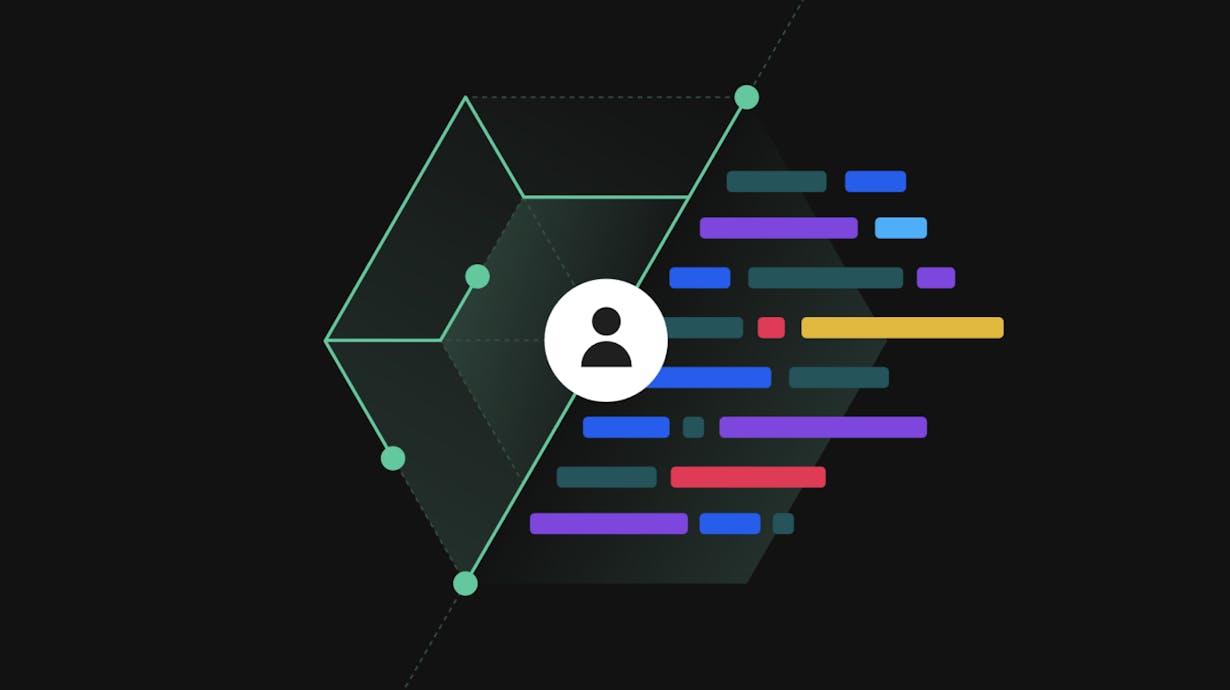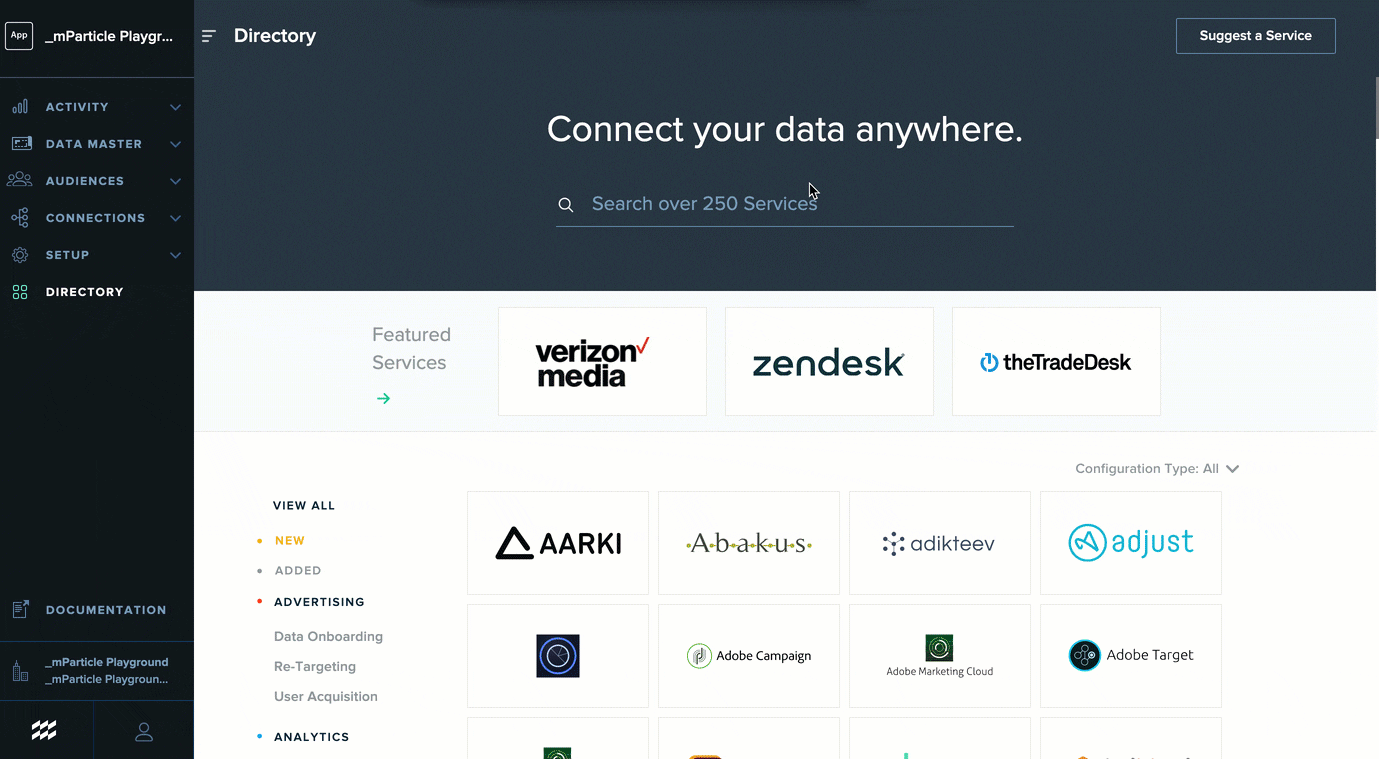How do CDPs benefit engineers?
Customer Data Platforms (CDPs) have traditionally been thought of as tools that benefit marketers and product managers. But from simplifying data collection to enabling data-driven feature development, CDPs have far-reaching value for engineers as well. Learn more about the benefits of CDPs for technical teams.

Here’s something everyone knows: data is important. Here’s something not everyone knows: handling a company’s customer data does not have to be a major drain on engineering time and resources.
Over the last decade, personalizing customer experiences has become table stakes for brands, which means that the use cases for data have expanded dramatically. This has had the effect of adding an ever-increasing list of data-related tasks to the mountain work for which engineers are already responsible.
Marketing wants to onboard a notification platform? That’s an engineering ticket. That same platform changes its API specs and the integration needs to be reconfigured? Call on the developers. The product team wants audiences for an A/B test based on data from multiple inputs on a regular basis? Better get HR to put out a posting for some more data engineers.
Each one of a company’s data requirements––from integrating new tools across every app and website to transforming data into structures that serve specific use cases––demands a highly valuable resource: engineering time. And while the end result of this data collection, transformation, and delivery is indeed important, servicing these demands is not the avenue through which engineers can deliver the most value to an organization. Developers drive a company’s goals forward by making the product––the very thing around which all other functions in the organization revolve. Their time and expertise is best spent implementing new features and improving existing ones. If collecting and shipping data ends up draining an inordinate amount of developer calories, something needs to be done.
Customer data infrastructure is the path out of data inefficiency
One of the biggest advances in the ability to move people and materials around the United States was the development of the Interstate Highway System in the second half of the 20th century. Prior to the creation of this vast network of interconnected and standardized superroads, traveling around the country could prove very difficult. Longer trips often involved driving on a hodgepodge of local and state routes with varying degrees of quality and reliability. Personal travel required more planning and effort. Goods took longer to transport, and often couldn’t reach more remote areas.
This all changed after the country invested the time and resources to build a system of highways. Though it took decades to develop, the Interstate Highway System eventually provided a way to travel most of the distance between two points on a direct and efficient path, and at a greater velocity than would be possible on smaller, less robust roads. It drastically reduced the effort required to go from point A to point B, and the resulting economic and social benefits cannot be understated.
Adopting a Customer Data Platform (CDP) can be like immediately having a highway system for your customer data without needing to spend countless hours building it by yourself. Best-in-class CDPs enable companies to develop “customer data infrastructure,” or a foundation upon which data can easily be collected from different sources in real time and delivered to the systems where it can drive value, all while ensuring quality and consistency in your data, and protecting customer privacy.
Do all CDPs provide infrastructure solutions?
We should clarify, however, that not all Customer Data Platform providers offer the same capabilities. The CDP market is a crowded space, with over 160 organizations self-identifying as CDPs. Many of the benefits discussed in this article pertain only to providers within the infrastructure CDP category. Infrastructure CDPs establish a foundational data layer upon which teams can freely move data between systems and applications in real time while managing data quality and protecting consumer privacy. Through embeddable SDKs and APIs, infrastructure CDPs ingest first-party data across multiple touchpoints and unify it into persistent customer profiles. For these reasons, infrastructure CDPs are a powerful asset for engineering teams looking to solve challenges related to data engineering and data integration.
In addition to infrastructure CDPs, here are some other categories within the CDP market:
- Multi-channel marketing hubs: While these tools provide data orchestration capabilities that facilitate marketing initiatives like offer management and triggered messages, these CDPs provide limited data quality and governance features such as privacy, filters, and forwarding rules. This leaves engineering teams responsible for monitoring data accuracy and writing one-off filtering rules.
- Marketing clouds: Offered by large, multi-suite martech cloud companies like Adobe, Salesforce and Microsoft, Marketing Cloud CDPs provide value to teams that are already deeply invested in a cloud suite. For organizations looking to build a vendor-agnostic tech stack from best-in-breed solutions, however, these tools may lack flexibility.
- CDP toolkits and reverse ETL: These providers are built for teams that want to feed data from a data warehouse to cloud tools and utilize basic features such as discovering segments and performing analytics on top of their 1st-party data. While these tools provide an inexpensive integration solution, they require significant additional engineering work to support core CDP functionalities such as identity resolution, data replay, and profile lookups, as these functions are not offered out of the box.
While the initial adoption of an infrastructure CDP requires engineering support, once this foundational data layer is in place non-technical teams are empowered with real-time access and control over an organization’s customer data through an interface. With the segmentation and data forwarding capabilities that an infrastructure CDP offers, growth teams can create custom audiences, and control how data flows to marketing, analytics, advertising and operational systems without enlisting the support of developers. This frees technical teams from having to support their colleagues in the marketing and product organizations with vendor SDK management, data transfers, and more.
Simplified data collection
With an infrastructure CDP at the heart of your data ecosystem, you have a single access point for customer data and direct integrations with the most popular tools for engagement, analytics, advertising and other functions. This means that instead of needing to maintain individual client-side implementations for each third-party system your company uses, the CDP largely takes over the responsibility of taking in all of the data you collect, and directing it to individual vendors once it has been ingested.
Here’s an example of how that drastically simplified things from an engineering standpoint. Say you’re a music streaming service, and every time a user selects a song to listen to, you want to forward this as an event to Braze, Amplitude, Facebook and AWS. First you need to implement each separate SDK into your app, which will introduce additional dependencies that may increase your app size and diminish performance. Then you need to add API calls to each separate system triggered by user input, taking care to call the proper functions and maintain the correct event and attribute names in each separate log:
// Log an event to Braze
appboy.logCustomerEvent("Select Track", {
"track_id": "2rqhFgyKwdb9MWmUPDhN6",
"title": "Come Together",
"artist": "The Beatles",
"genre": "Classic Rock"
});
// Log event to Amplitude
Amplitude.getInstance().logEvent("Select Track", {
"track_id": "2rqhFgyKwdb9MWmUPDhN6",
"title": "Come Together",
"artist": "The Beatles",
"genre": "Classic Rock"
});
// Log custom conversion to Facebook
fbq('trackCustom', "Select Track", {
"track_id": "2rqhFgyKwdb9MWmUPDhN6",
"title": "Come Together",
"artist": "The Beatles",
"genre": "Classic Rock"
});
// Record with AWS for Machine Learning
AWSAmplify.record({
eventType: "Select Track",
userId: email,
properties: {
"track_id": "2rqhFgyKwdb9MWmUPDhN6",
"title": "Come Together",
"artist": "The Beatles",
"genre": "Classic Rock"
}
});Now imagine that same streaming service is using an infrastructure CDP. Here’s what sending that same event to all four separate services would look like using mParticle:
mParticle.logEvent("Select Track", {
"track_id": "2rqhFgyKwdb9MWmUPDhN6",
"title": "Come Together",
"artist": "The Beatles",
"genre": "Classic Rock"
});A CDP allows you to implement events like this once, then growth teams have the ability to send them directly to leading marketing, analytics, and data warehousing solutions via direct integrations using a simple user interface:

Already, we can see how this degree of simplicity in data collection and delivery would represent significant time savings for engineering teams. In addition to reclaiming time, having a single access point for customer data also drastically reduces the potential for bad data to enter the system, as fewer implementations means lower risk of errors in the collection code.
Spend less time shipping data
If simple and accurate data collection were the only benefit CDPs delivered, they would still be enormously valuable to developers. But this is just the tip of the iceberg in terms of the value these multifaceted tools represent to engineers. In fact, the biggest benefits that CDPs deliver to technical teams come farther along in the lifecycle of an organization’s data.
As an organization’s data use cases grow, the majority of an engineering team’s data-related workload shifts to tasks related to the ETL (Extract, Transform and Load) lifecycle. In other words, the data has to be combined, formatted, and finally moved into systems or delivered to internal teams so it can ultimately have meaning and drive value. This can be a repetitive and time-consuming process for data engineers, as each one-off request for data from product or marketing teams essentially requires handling most if not all of of these steps:
- Deciding exactly which data points need to be included in the final deliverable
- Determining the system(s) in which the required data lives
- Extracting the required data from these systems (often involving manual querying)
- Cleansing the retrieved data of any unnecessary or confounding data points
- Combining data from multiple sources into a format that will be comprehensible to that data’s destination environment
- Considering any privacy implications that transforming/combining the data may have
In the absence of an infrastructure CDP, these steps may likely need to be repeated in full each time engineers receive a new request for data from growth teams. Sure, it’s possible to build in-house automations to handle some of this extraction and transformation work, so not everything needs to be repeated manually. But internal ETL solutions come with their own technical debt, and will inevitably need to be maintained over time as the organization’s data needs evolve. Furthermore, it’s unlikely that these internally-built tools will be able to handle the full range of collection and delivery tasks that business teams need over time.
With a CDP at the heart of your data infrastructure, engineering teams no longer have to spend countless hours manually handling data shipping requests, or maintaining the internal systems that automate them. In fact, much of the work involved in creating data segments and directing the flow of data to third-party tools will not even fall on engineers, since non-technical teams can handle these workflows directly within a CDP’s user interface. Freed from the day-to-day burden of data transformation and delivery work, data engineers can focus their time and energy on more strategic initiatives.
Build data-driven products and features
The technical benefits we focused on above largely have to do with saving engineering time, which, although valuable, is somewhat of an indirect benefit of adopting a CDP into your data stack. In addition to saving time, infrastructure CDPs can also be leveraged to add value to features, and even build new products centered around real-time data.
Infrastructure CDPs like mParticle provide real-time access to customer data not only within engagement and analytics tools, but directly within your products and interfaces. mParticle’s Profile API, for instance, provides a way to query customer profiles, audiences, user attributes, and other data available within your mParticle instance on the fly. The possibilities here are bountiful for any engineering team tasked with providing personalization and context-based experiences in their products. For instance, you could leverage this interface to:
- Build machine learning-powered recommendations into your interfaces
- Display products and services to customers based on their in-session behavior
- Send location-based push notifications to customers when they enter your store
- Deliver personalized features and user journeys based on a customer’s previous behavior and product interactions
An organization’s data shouldn’t only benefit growth teams while presenting engineers with a hurdle to jump over. With the robust data infrastructure that an infrastructure CDP delivers, this no longer has to be the case. An infrastructure CDP can turn your data into a valuable addition to the engineering team’s toolkit, and unlock powerful opportunities to leverage user insights directly in your websites and applications.
Hopefully it is now clear that infrastructure CDPs are not simply a “martech” tool whose sole utility falls to marketers and product managers, but that these powerful systems completely transform a company’s data infrastructure in a way that both liberates developers of overhead, and empowers them to build data-driven features.
Learn more about some of these specific use cases, and ways that Customer Data Platforms (CDPs) can transform the relationship between developers and data.



